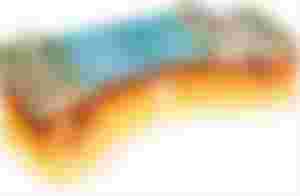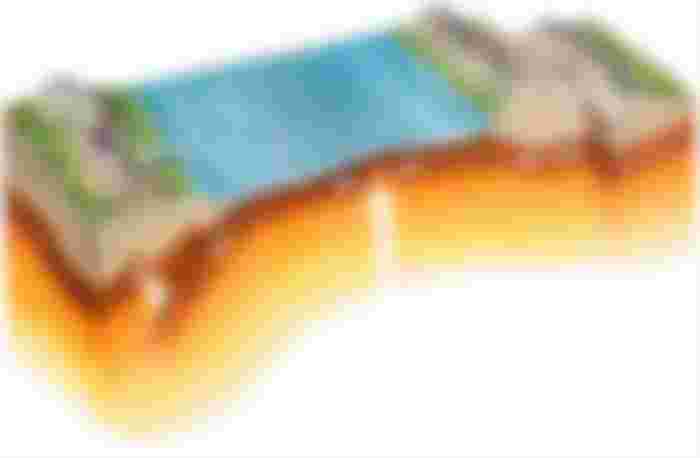During the breakup of the Pangea protocontinent in the Mesozoic, the new land areas of Gondwana and Eurasia separated on different sides. The waters washing over Pangaea began to shrink and gradually rush into the center of the rift. This process initiated the formation of the largest and deepest water reservoir, the Pacific Ocean, which has preserved its status to this day.
The trench gradually formed 4-bottom plates. These geological formations continued to change the face of the planet and began to move under each other and the continents. Northwest Kula began to be pushed under Asian territories. The northeastern Farallon formation rushed under North America. The two southern plates gradually went under Australo-Antarctica and South America.
The Kula plate swallowed up the Eurasian continent
Gradually, the Kula Plate has gone completely under Eurasia along with the northern part of the enormous Pacific plate, so much so that its detection seemed impossible. But recently, seismologists announced a sensation. Beneath the northeastern territories of China, the remains of the seafloor once washed by the ocean have been discovered. This fact came to light after long studies of the boundaries of the Pacific plates.

Experts from China and America, conducting a joint analysis of the deep layers of the planet, reported that they were able to find one of the oceanic rock plates or part of it at a depth of about 410 km below the surface on the territory of China. The plate has a width of more than 200 km. Presumably its lower boundary is 660 km from the surface.
The stone plate is located between the upper lithospheric plate and the transition mantle. Scientists assert that primary occurrence Kula in a gap between these areas has predetermined the destiny of a plate. It almost immediately began sinking between the continental plate and the mantle. Seismologists predict that this plate is partially submerged in the mantle, so it is partially soft because of the tremendous temperatures affecting it here.
The Earth is still "cracking at the seams."
This study will help scientists predict seismological processes. Because plate drift continues, giant cracks are forming all over the world. The most active zones are in the southern and eastern oceans, but also the largest Pacific plate continues to move at a rate of 6-8 cm per year, propping up and pushing the Philippine plate and the now forgotten Kula under the mainland.
The submarine margins of the four continents washed by the Pacific Ocean make up one-tenth of the seafloor. The rest of the seafloor is lined with Pacific plates. Eleven percent of the seafloor is occupied by boundary ridges called the South Pacific Rise and the East Pacific Rise, from which large and equally unstable branches branch off. These are the main seismic areas of the Pacific Ocean, from which most earthquakes and underwater volcanic activity originate. And if such activity affects the continents indirectly, then shifts of subcontinental plates provoke serious cataclysms, so scientists plan to continue this in-depth study.
